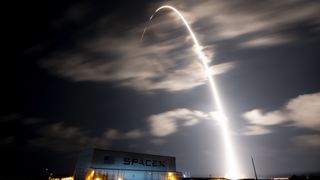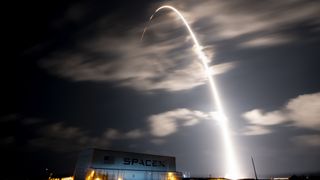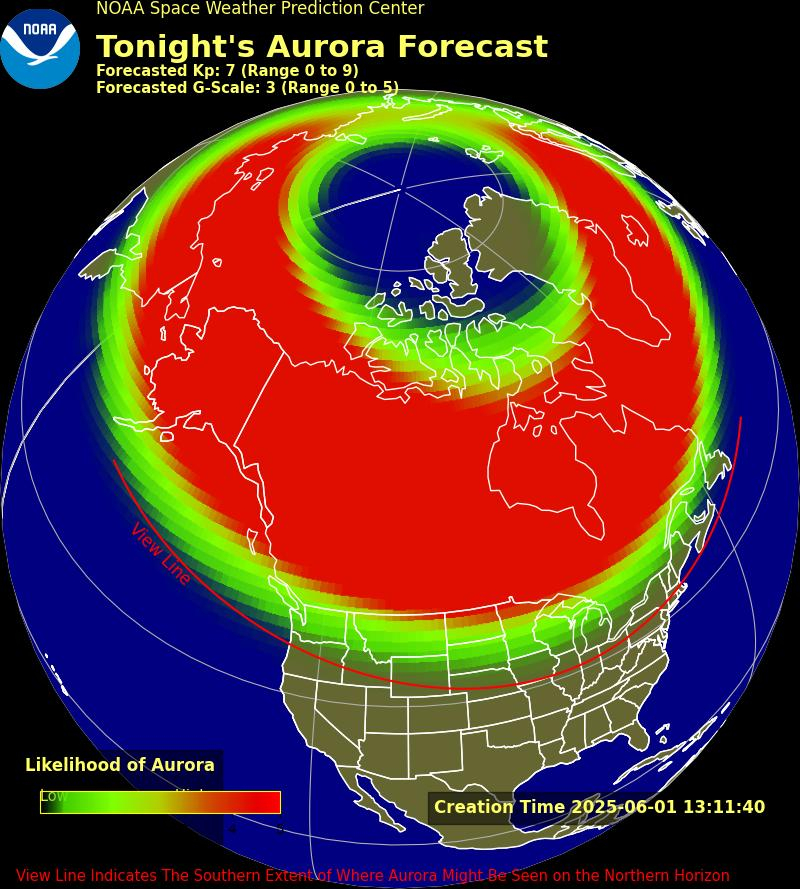Another day, another Starlink launch.
SpaceX launched yet another batch of its Starlink satellites to orbit late Friday (May 31). A Falcon 9 rocket carrying 23 of the broadband craft lifted off from Cape Canaveral Space Force Station at 10:37 p.m. EDT (0237 GMT on June 1) after a slight 26-minute delay due to weather.
The Falcon 9’s first stage returned to Earth as planned about 8 minutes after launch, landing on the droneship called “A Shortfall of Gravitas” in the Atlantic Ocean. It was the 14th launch and landing for this particular booster, according to a SpaceX mission description. Seven of its 13 flights to date have been Starlink missions.
The Falcon 9’s upper stage, meanwhile, continued carrying the 23 Starlink satellites to low Earth orbit, where they were deployed about 65 minutes after liftoff.
Related: Starlink satellite train: How to see and track it in the night sky

RELATED STORIES:
Tonight’s launch will mark SpaceX’s 57th orbital mission of the year already, and its 40th Starlink-centric liftoff of 2024. The launch also occurred on the fourth anniversary of SpaceX’s first-ever crewed launch, the Demo-2 test flight of the first Crew Dragon spacecraft, that launched NASA astronauts Doug Hurley and Bob Behnken to the International Space Station no May 31, 2020.
To date, the company has launched more than 6,500 Starlink satellites to LEO, and about 6,000 of them are currently operational.
The Starlink launch is part of a very busy stretch in spaceflight. Rocket Lab plans to launch a NASA climate cubesat tonight, for example, and Boeing’s Starliner capsule is scheduled to lift off with astronauts aboard for the first time ever tomorrow afternoon (June 1). And, tomorrow evening, China’s Chang’e 6 robotic sample-return mission is expected to touch down on the moon’s far side.
Editor’s note: This story was updated at 8:14 am ET on June 1 to reflect the successful launch of SpaceX’s latest Starlink mission.



